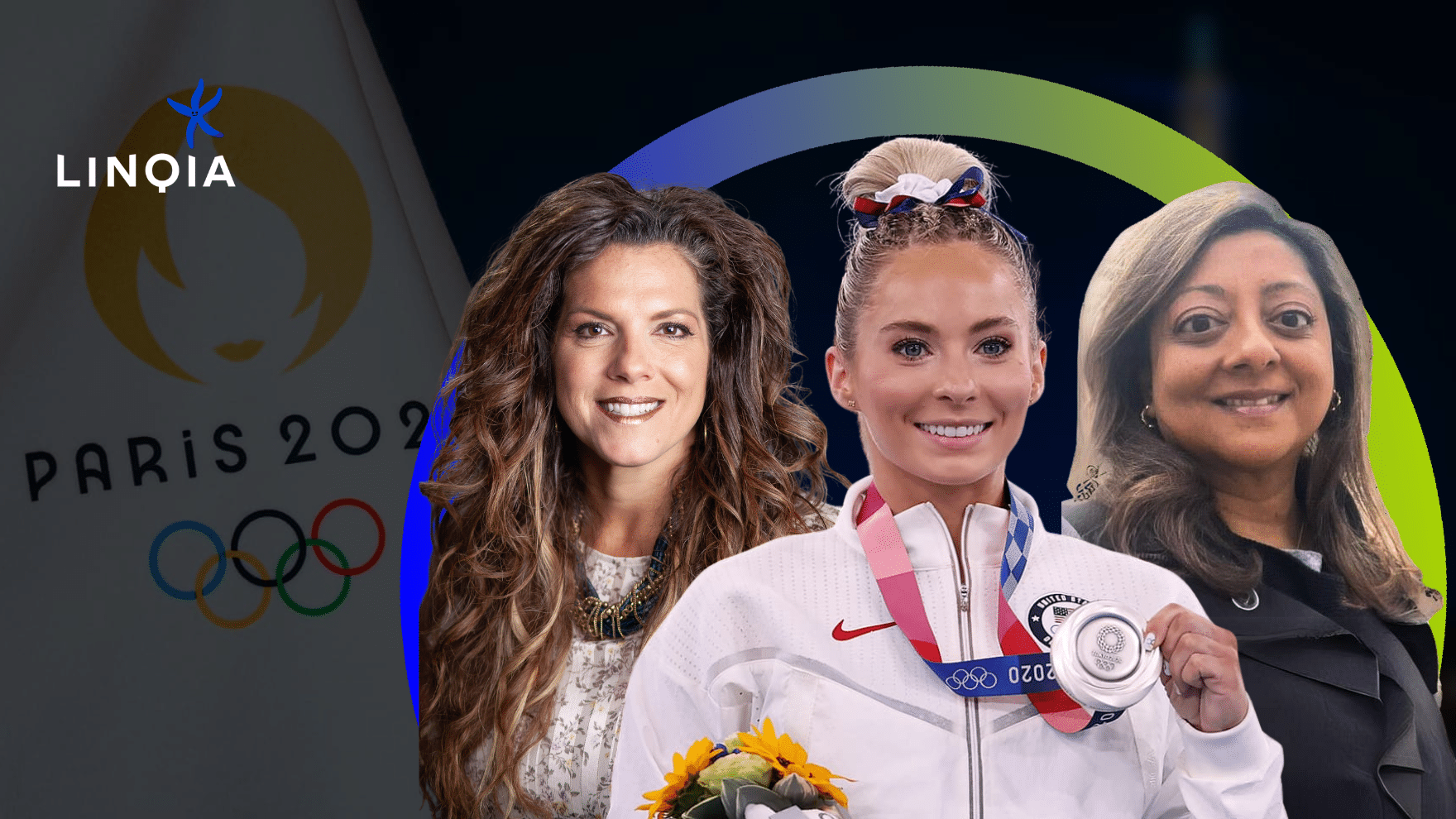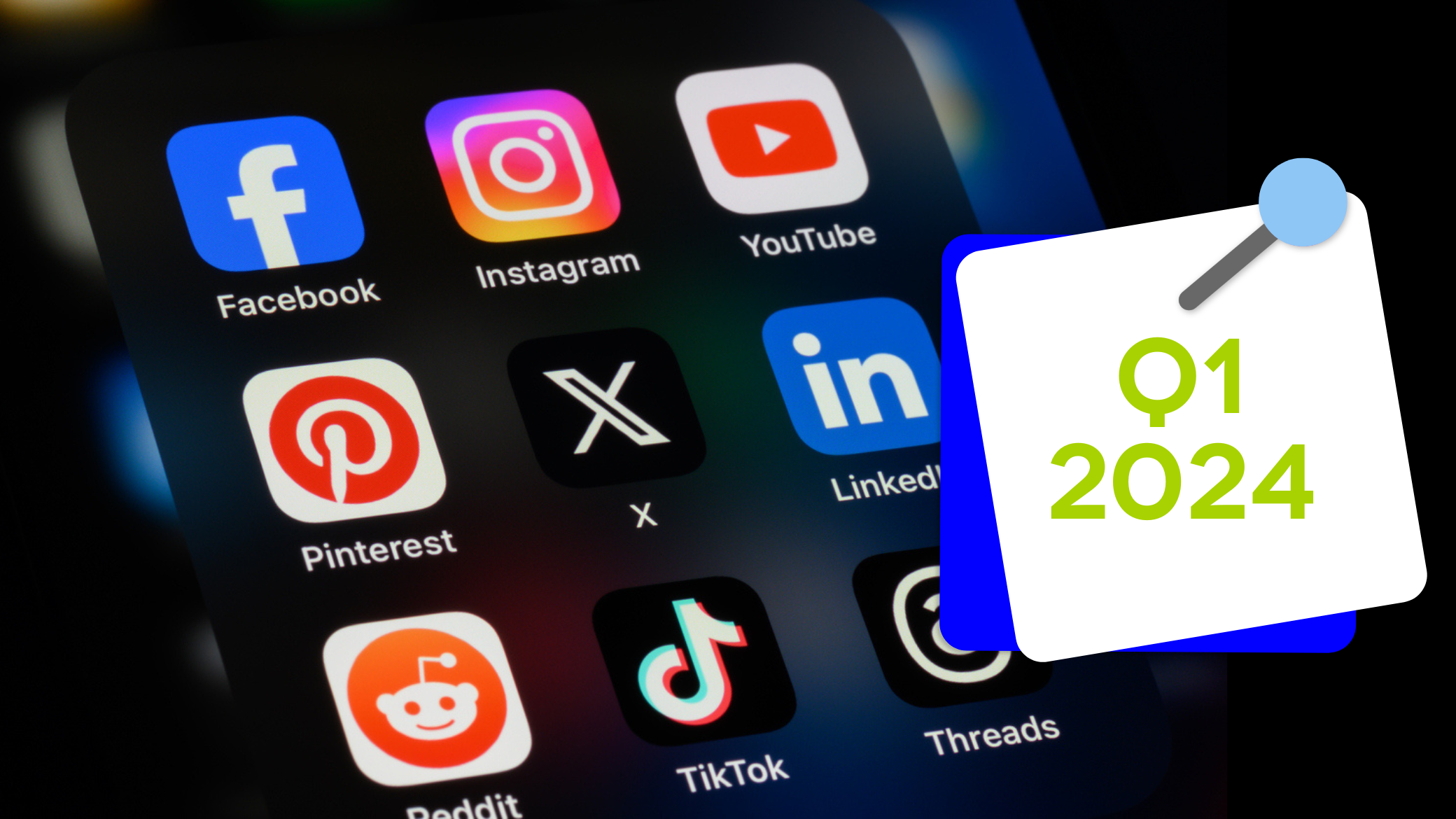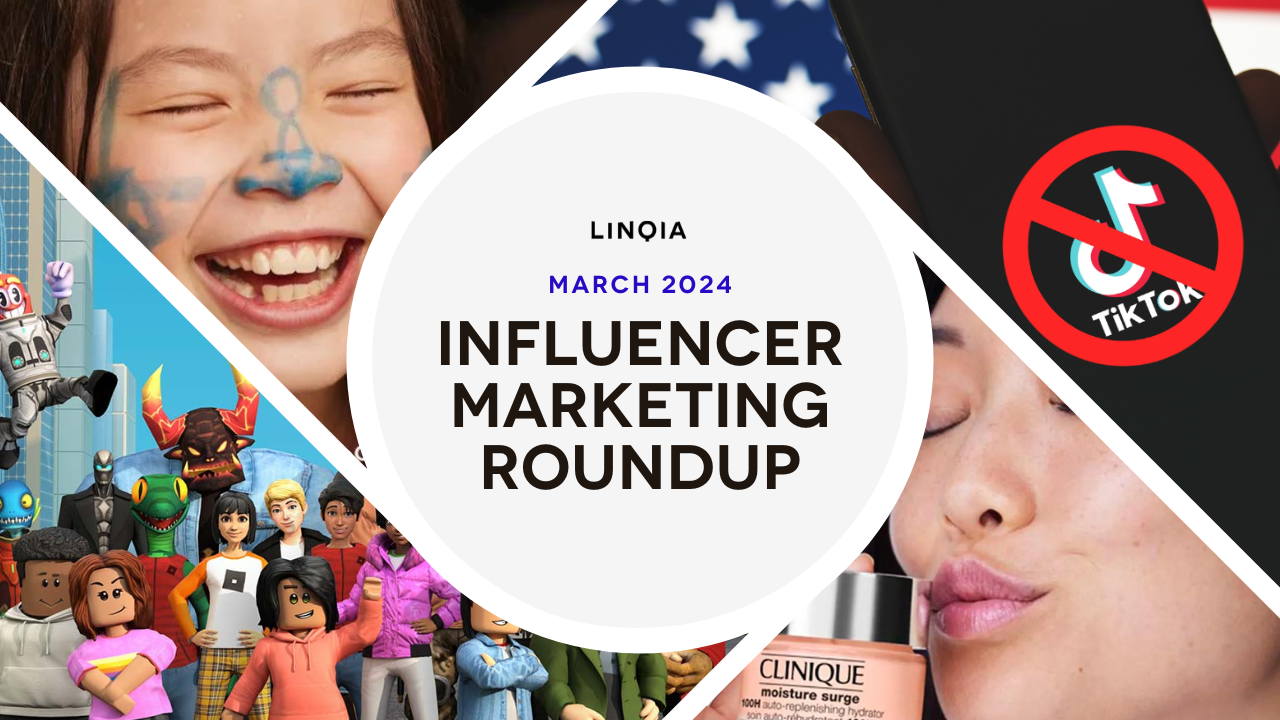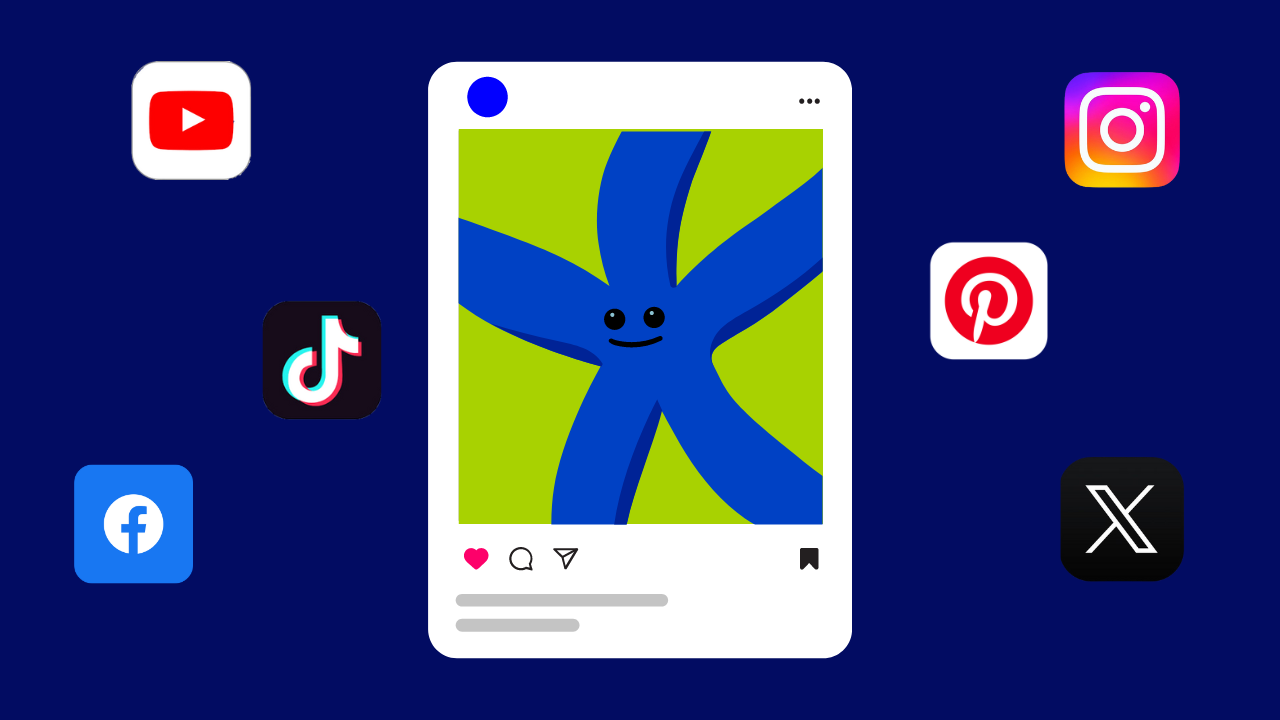This is the second article in a new monthly column on artificial intelligence (AI) by Jonathan Pollack, Linqia’s VP of Product. Read last month’s post on how “Artificial Intelligence Helps Fuel Influencer Marketing ROI” here. If you’d like to get his articles delivered to your inbox, please sign up to receive updates.
AI is a vast universe, far larger than the Natural Language Processing (NLP) we talked about in last month’s column. And while Linqia does use NLP to make influencer programs more effective, it’s just one of the AIs incorporated into our technology. In addition to NLP, we also leverage Computer Vision and image processing.
But before we dive into the details, let’s take a step back and dig a little deeper to understand what, exactly, AI is by starting with some background about AI and how it differs from other computer programs.
AI vs. Traditional Computer Programs
In traditional computer programs, the developer writes a program to solve the task at hand. For example, a tic-tac-toe program might contain the following logic:
- If you can make a move that completes three in a row, do it.
- Otherwise, if the opponent has two in a row, take the space that blocks them from getting three in a row.
- Otherwise, if there is no opportunity to complete three in a row or block three in a row from the opponent, take a random space.
In AI, the developer writes a program to learn how to solve the task at hand (hence the phrase “machine learning”). Consider the tic-tac-toe example. Rather than give the computer a set of logical instructions to follow, in AI we give the computer many examples of already played tic-tac-toe games – some winning, some losing – and instruct the computer to find the pattern that distinguishes a winning game from a losing game.
Now the AI version of tic-tac-toe simply has one step: What move can I make that will make the board look like the winning game from one of my examples?
There are two subtle, but extremely powerful, aspects of the AI approach. First, the more games the AI sees, the better the AI gets. This does not happen with traditional programs as they continue to simply solve the task at hand using the same, linear formula. Second, the programmers writing the AI doesn’t necessarily need to know how to play tic-tac-toe, as they only needs examples of winning and losing games. For example, entrepreneur Jeremy Howard designed an AI that diagnoses lung cancer from medical scans with better accuracy than a panel of experts, yet has no medical training nor any idea how to read a medical scan.
Leveraging Computer Vision and Image Processing
At Linqia, the other AI we use in our platform is Computer Vision. Computer Vision is a great example that illustrates the straightforwardness of AI compared to a traditional program. Consider writing a program that determines if there is a hot dog in the picture by simply declaring “hot dog” or “not hot dog” when shown an image.
In a traditional program, the developer comes up with a set of criteria that the computer will use to determine if there is a visible hot dog, likely by putting together some statements about the shape and color of a hot dog as well as the context that hot dogs are usually in – in a bun, at a ball game, dressed with ketchup and mustard. However, there are many cases that wouldn’t be covered in a traditional program. For example, what if the hot dog was chopped up, half eaten, or still in the wrapping? In this scenario, you could spend the rest of your career investigating mistakes from the computer and writing new criteria to catch those mistakes.
In an AI program, the task is to simply provide the computer with a lot of hot dog images and a lot of not hot dog images to let it learn.
Computer Vision in Influencer Marketing
What does this have to do with influencer marketing? At Linqia we guarantee specific results for every program. To make good on this guarantee, we must understand the affinity between our influencers and the brands they work with so we can predict the results of their collaboration. Our AI platform analyzes every image posted by our influencers, using the Computer Vision techniques above, to determine the content in their images. Linqia’s investment in NLP and Computer Vision is the key to our performance and our ability to scale.
If you’d like to see image classification in action, check out this online app by Google.




